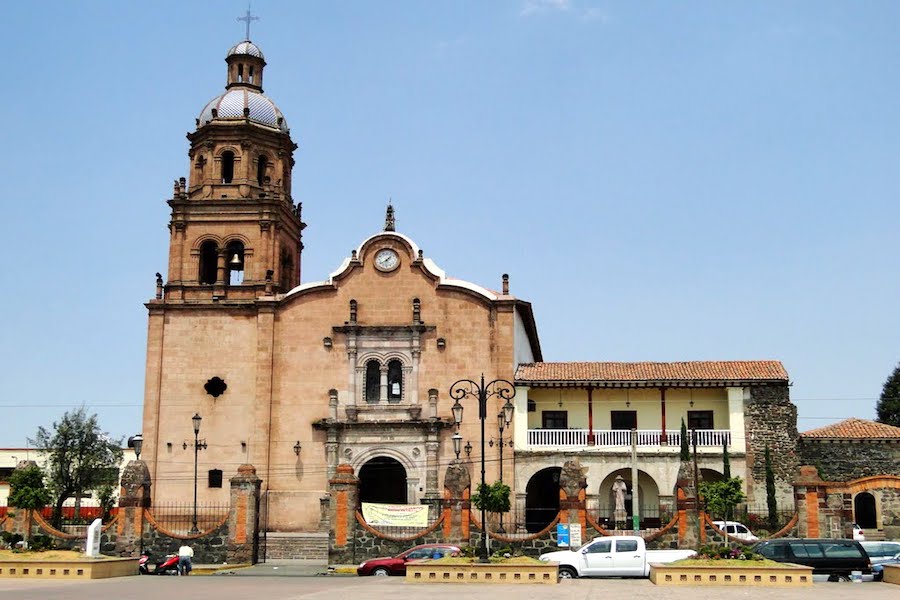Apologies, but no results were found. Perhaps searching will help find a related post.
Lorem ipsum dolor sit amet
Ut enim ad minim veniam, quis nostrud exercitation ullamco laboris nisi ut aliquip ex ea commodo consequat. Duis aute irure dolor in reprehenderit in voluptate velit esse cillum dolore eu fugiat nulla pariatur. Excepteur sint occaecat cupidatat.
Statistics:
5
Categories
24
Locations
72
Resources







